Roofing
Roof Ice Dam Removal: Act Now to Protect Your Home This Winter!
Roof Ice Dam Removal? Winter’s enchanting beauty often carries hidden threats, one of the most troublesome being the formation of ice dams on your roof.
These ridges of ice, though sometimes visually striking and reminiscent of serene winter postcards, can lead to substantial damage to your home if they’re not addressed properly.
Water trapped by these ice dams can seep under roof shingles and leak into your house, potentially damaging walls, ceilings, and insulation, leading to costly repairs.
This comprehensive guide is designed to arm you with both immediate solutions to tackle ice dams as soon as they form and long-term strategies to prevent their occurrence in the future.
By understanding and implementing these practices, you can protect your home from the grip of winter’s icy hands.
1. What Are Ice Dams?
Ice dams are a common winter phenomenon that homeowners dread. They typically form at the edges of your roof when heat escaping from the house melts the snow on the roof.
This melted snow trickles down to the colder eaves and refreezes, gradually building up into a solid ridge of ice. If left unchecked, these ice dams can act like a barrier, preventing meltwater from properly draining off the roof.
As more snow melts and refreezes, the ice dam grows larger and the water pooling behind it increases. Without anywhere to go, this water can start to back up beneath roofing shingles, finding its way through cracks and openings into the structural part of your home.
Once inside, it can wreak havoc soaking insulation, staining ceilings and walls, peeling paint, and even causing structural damage if the issue is not addressed promptly.
The implications of ice dams can be severe, leading to expensive repair bills and potential mold growth from lingering dampness. Managing and preventing ice dams is critical to maintaining the integrity and health of your home during the winter months.
For a deeper understanding of how to prevent this damaging cycle and protect your living spaces, click here to learn more about effective ice dam removal and prevention strategies.
2. Roof Ice Dam Removal
Immediate action is crucial when it comes to mitigating the damage caused by ice dams. Taking prompt measures can prevent water from penetrating your home’s interior and causing extensive damage. Here’s how to remove ice dams safely:
2.1 Hot Water Method
One quick method to address ice dams is the hot water approach. This involves pouring hot water over the ice dam to rapidly melt it, providing temporary relief from the water pooling behind the dam.
While this method can offer immediate results, it’s essential to use it correctly to avoid any damage to roofing materials or risk of personal injury due to slipping on ice.
The key is to apply hot water in a controlled manner, ensuring that it flows freely into the gutters and downspouts without refreezing on colder parts of the roof or the ground where it can create hazardous conditions. For a detailed guide on how to safely implement the hot water method, click here.
2.2 Heat Cables
Installing heat cables along the edges of your roof is a preventative measure that can be taken before the onset of cold weather. These cables work by maintaining a consistent temperature on the roof, preventing snow from freezing at the eaves.
When installed correctly, heat cables reduce the chances of ice dam formation by ensuring that meltwater drains off the roof instead of refreezing at the edges.
It is important to choose the right type of heat cables for your roofing material and to install them according to the manufacturer’s instructions to avoid any potential fire hazards or roof damage. To find the best heat cables for your home and get installation tips, visit here.
3. The Best Ways to Get Rid of Ice Dams
Effective ice dam removal involves more than just addressing the ice itself, it’s about managing the conditions that lead to ice formation.
3.1 Snow Removal
Regularly removing snow from your roof is a proactive way to prevent ice dams. Using a roof rake, you can clear snow off your roof immediately after a snowfall, minimizing the amount of snow that melts and refreezes at the roof’s edges.
This method is particularly effective because it tackles the problem at its source the accumulation of snow on the roof. However, it’s crucial to use the right tools and techniques to avoid damaging your roof shingles.
A roof rake with wheels or rubber edges is ideal as it minimizes direct contact with the roof surface while effectively removing snow. To learn more about choosing and using the right roof rake, check out this resource.
3.2 Steaming
For ice dams that are too tough for manual removal methods, professional steaming is a safe and effective option. This method involves using a low-pressure steam machine to gently melt the ice without damaging the roofing materials.
Unlike high-pressure washers, steam does not risk lifting or breaking shingles but instead melts the ice dam gradually, allowing for safe removal of the water through the gutter system.
Because professional equipment and expertise are required, it’s advisable to hire a professional with experience in steaming ice dams. For access to professional steaming services, visit here.
By employing these methods, you can effectively manage and prevent the formation of ice dams, protecting your home from potential damage during the winter months.
4. How To Remove Ice Dams on Your Roof
Successfully removing ice dams requires careful handling to prevent damage to your roof and ensure effective drainage. Here are two proven methods:
4.1 Calcium Chloride Socks
One of the gentlest and most effective methods for removing ice dams without harming your shingles is to use calcium chloride socks. These are long, tube-like fabrics filled with calcium chloride, a chemical ice melt.
To use them, simply lay the socks perpendicular to the ice dam so they cross over the dam and slightly hang over the roof edge. As the calcium chloride slowly melts, it creates channels through the ice dam, allowing trapped water to flow freely off the roof.
This method is especially useful as it targets the dam directly without spreading chemicals over the entire roof. For detailed step-by-step instructions on how to effectively use calcium chloride socks, check out this guide.
4.2 Professional Ice Removal
For severe ice dams, or if you’re uncomfortable tackling this on your own, professional removal is the safest option.
Professionals are equipped with the appropriate tools and techniques, such as steamers and specialized ice removal equipment, that safely remove ice dams without damaging roofing materials.
They can assess the situation and remove the ice dam efficiently, ensuring no residual damage or liability issues arise. To connect with trusted professionals experienced in safe and effective ice dam removal, click here.
5. How Not To Remove Ice Dams
Not all ice dam removal methods are safe; some can cause more harm than good. Here are important methods to avoid:
5.1 Avoid Sharp Tools
Using axes, ice picks, or shovels to break up ice dams can lead to significant damage to your roof. Sharp tools can easily puncture or tear shingles and roof membranes, leading to leaks and other costly damage.
These aggressive methods can also endanger you by creating the risk of slipping or falling from the roof.
5.2 Avoid Salt or Rock Salt
Although it might be tempting to use salt or rock salt to melt ice dams, these materials can be highly corrosive. They can damage metal gutters, downspouts, and flashing, not to mention roofing shingles.
Furthermore, salt can harm plant life below the eaves and damage concrete and metal on pathways and driveways. For safer ice melting alternatives that won’t damage your home or landscaping, discover safer alternatives here.
6. Prevent Ice Dams for Good
The best way to handle ice dams is to prevent them from forming in the first place by addressing the conditions that lead to their formation.
6.1 Improve Attic Insulation and Ventilation
Proper attic insulation and ventilation help maintain an even roof temperature, discouraging snow melt on the roof from refreezing at the eaves.
Upgrading your attic’s insulation and ensuring adequate ventilation can significantly reduce the occurrence of ice dams. Explore effective insulation techniques here.
6.2 Seal Air Leaks
Warm moist air leaking from the living space into the attic is a common cause of uneven roof temperatures leading to ice dam formation.
Sealing gaps around electrical fixtures, pipes, and attic hatches can help keep the entire attic space cool and dry, further preventing ice dam issues.
For comprehensive solutions to seal these leaks and improve your home’s energy efficiency, find sealing solutions here.
7. Need Help With Your Ice Dams?
If you find yourself repeatedly battling with ice dams despite preventive measures, it might indicate deeper issues with your home’s thermal management or roofing system.
A certified roofing professional can provide a comprehensive evaluation and develop tailored solutions specific to your home’s needs. Find expert help here.
8. Removing Existing Ice Dams
If ice dams have already formed, it’s crucial to remove them before they cause interior damage. Employing heat tapes or using roof rakes are safe and effective methods to remove existing ice dams.
These techniques ensure that the ice is removed without causing damage to your roofing materials. Learn more about these methods here.
Conclusion
Tackling roof ice dam removal effectively requires understanding the problem, taking prompt action, and implementing preventative measures for future winters. Are you ready to take the necessary steps to protect your home from the damages of ice dams?
We hope this guide empowers you to prevent and manage ice dams effectively. Have you tried any of these methods before? What was your experience? Please share your stories in the comments below and don’t forget to like and share this article if you found it helpful!
Recent Posts
- Energy Efficient Roofing: Your Guide to Savings and Comfort
- Roof Repair Products: You Need to Fix Leaks Quickly
- Roof Repair: Quick Tips to Fix Common Issues
- Hip Roof Design: A Comprehensive Guide
- Hip Roof Framing: A Comprehensive Guide

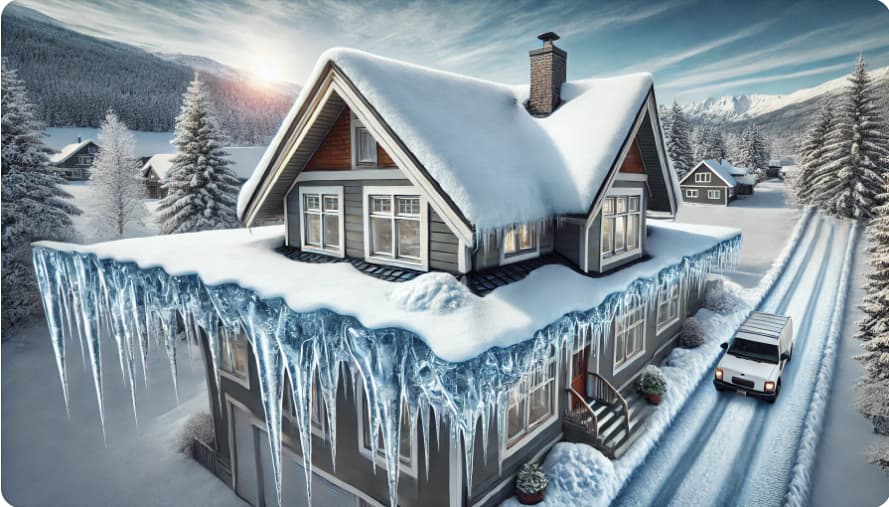
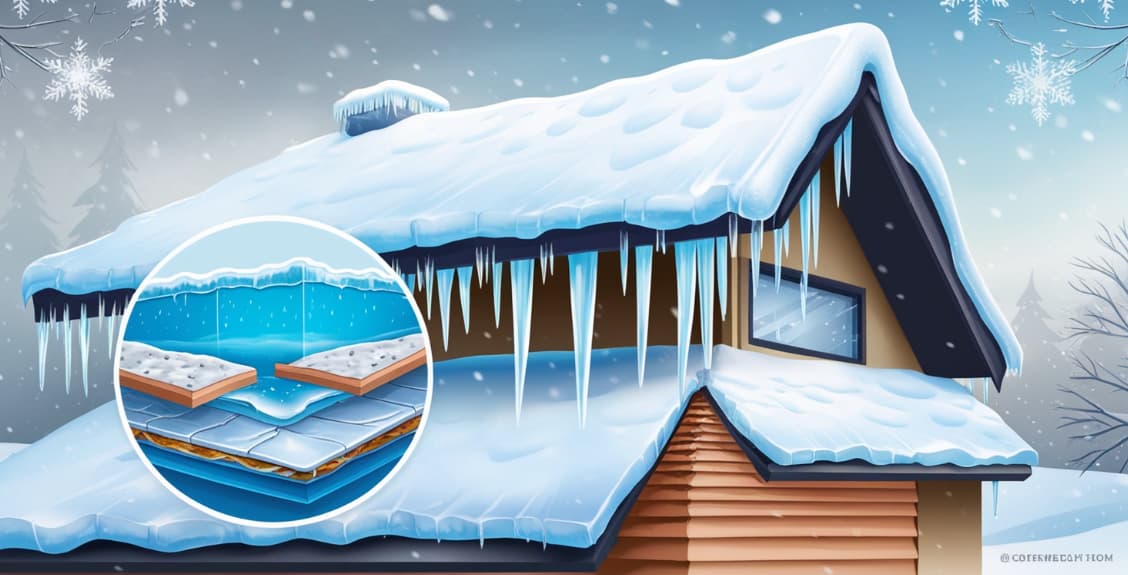
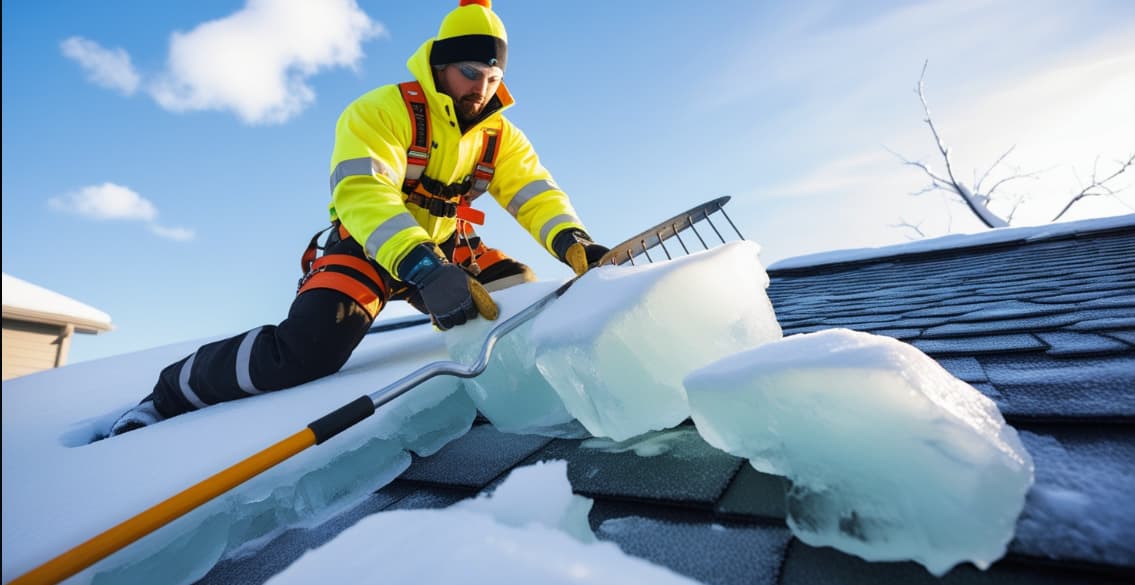
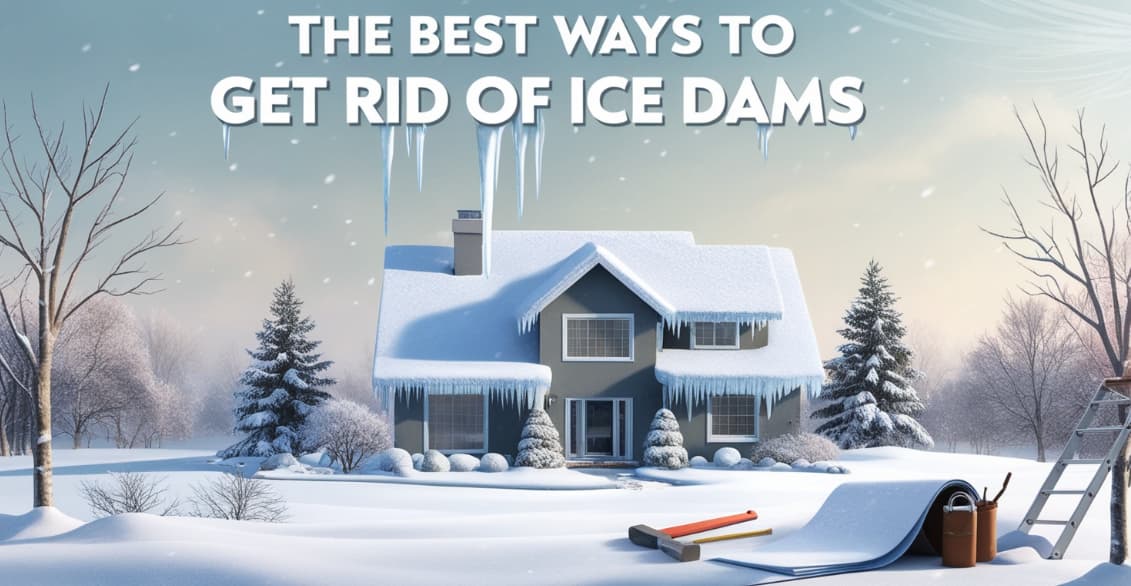
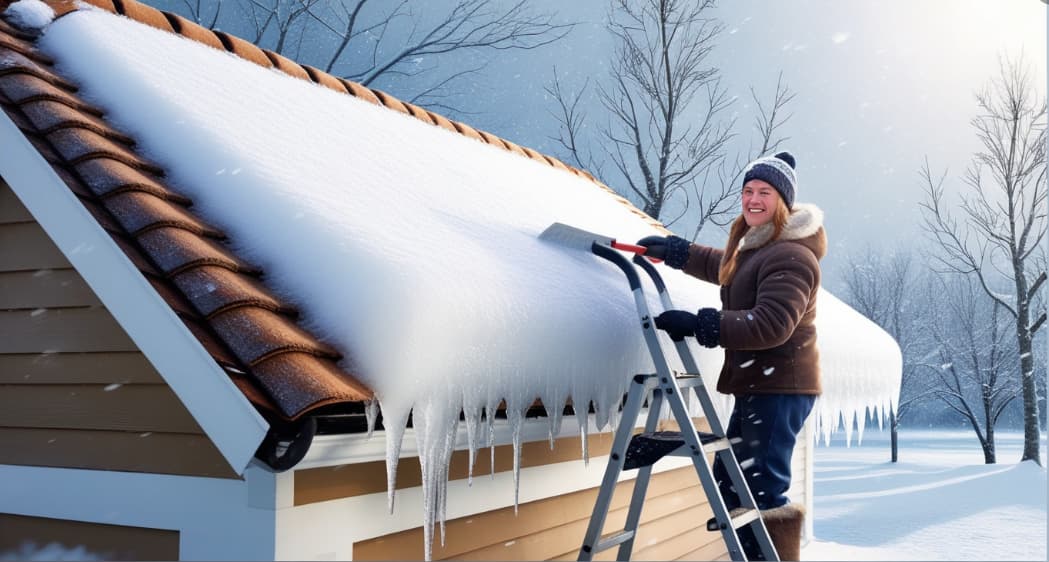
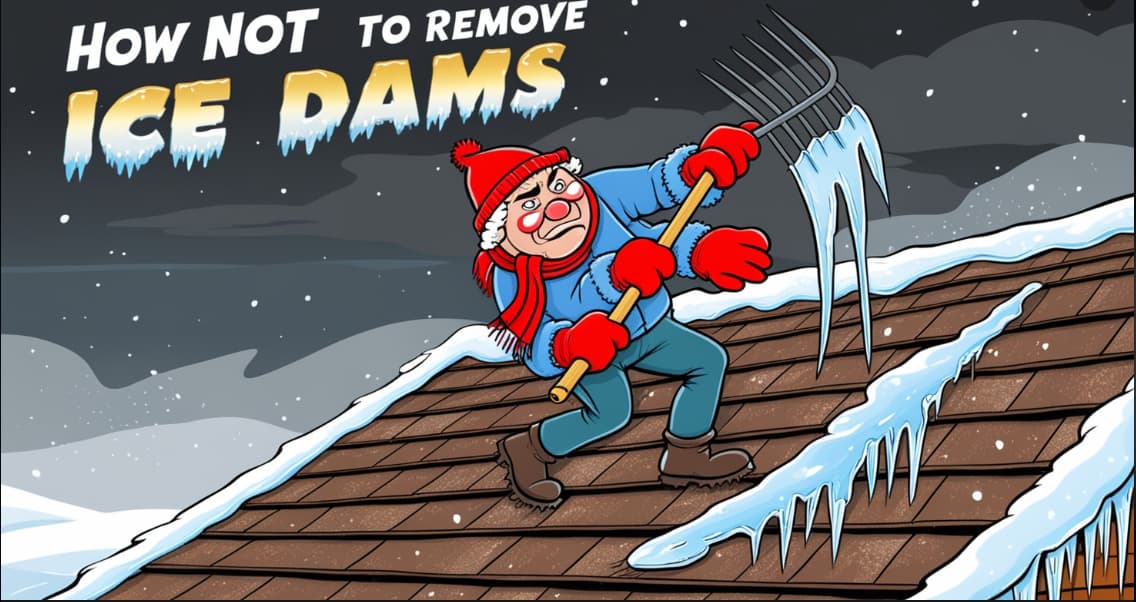
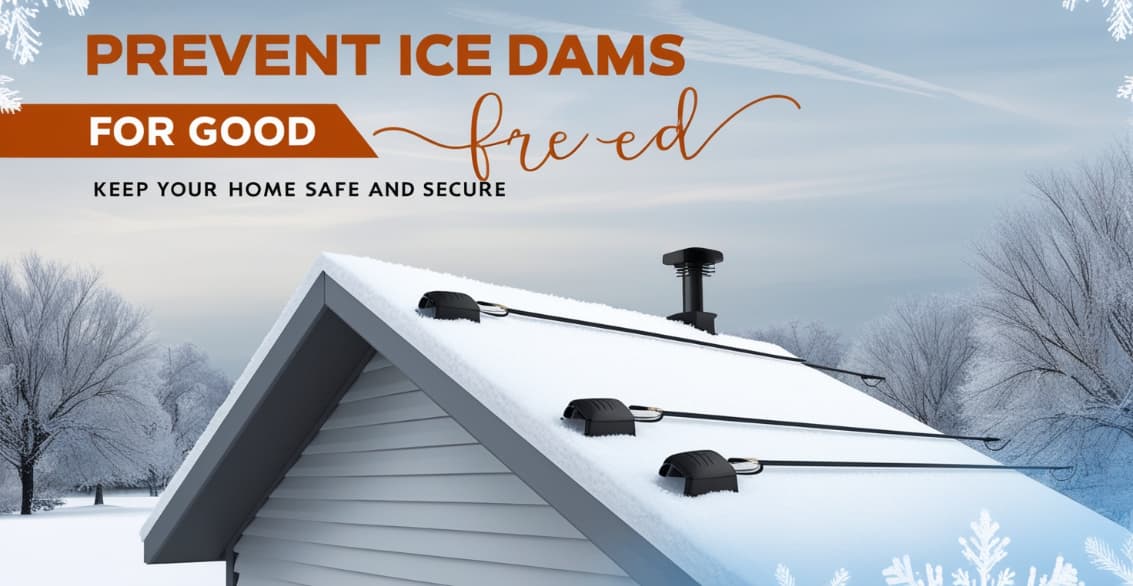
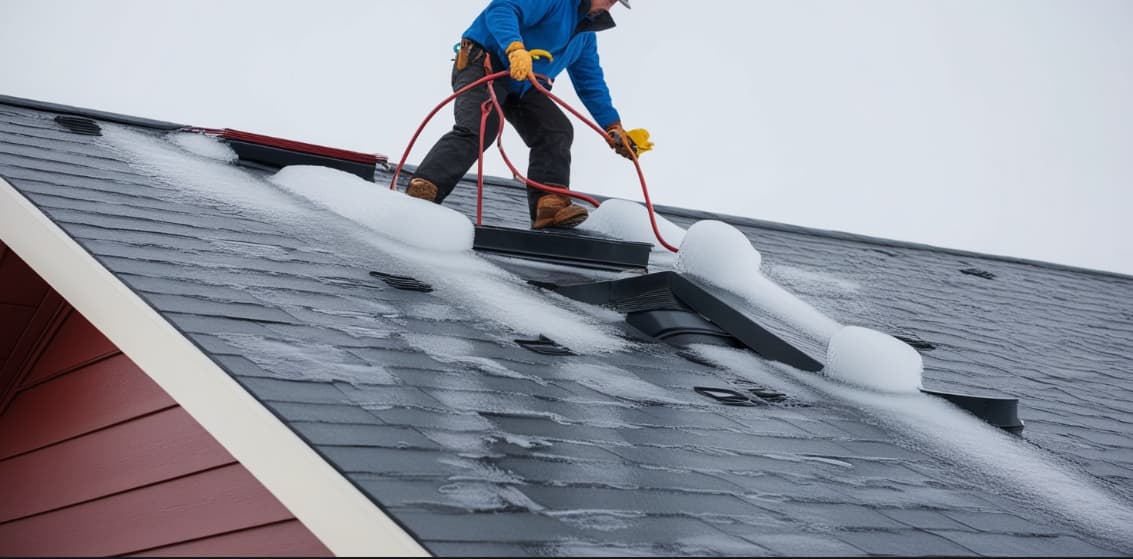
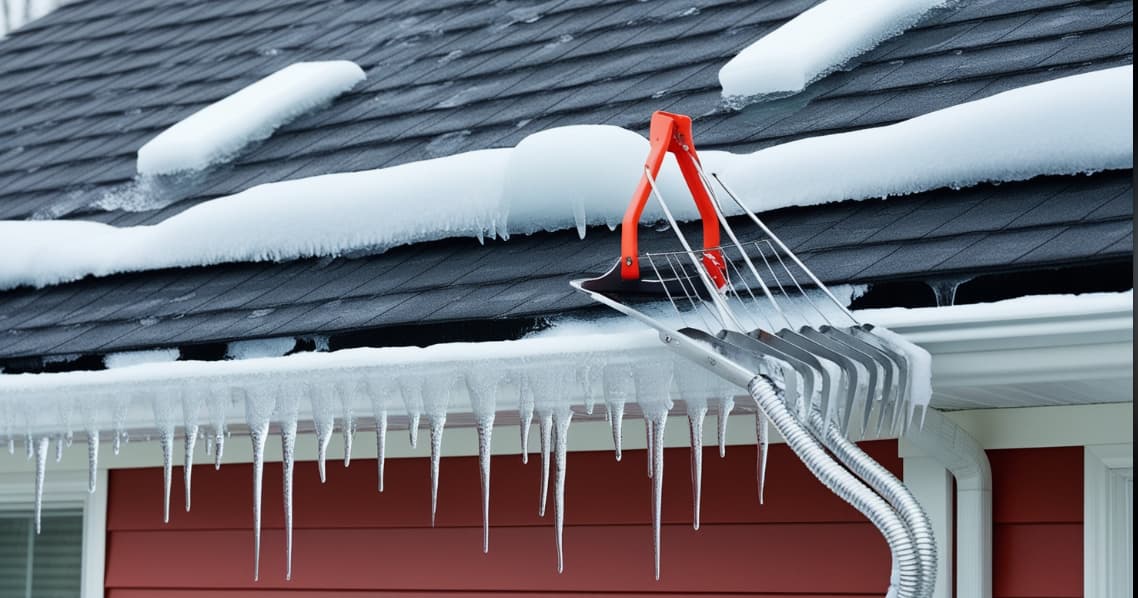
Can I just say what a relief to find someone who actually knows what theyre talking about on the internet. You definitely know how to bring an issue to light and make it important. More people need to read this and understand this side of the story. I cant believe youre not more popular because you definitely have the gift.
Thank you so much for your kind words! Your appreciation means a lot, and I’m glad the content resonated with you. I’ll keep striving to provide valuable insights. Thanks again for your support! 😊